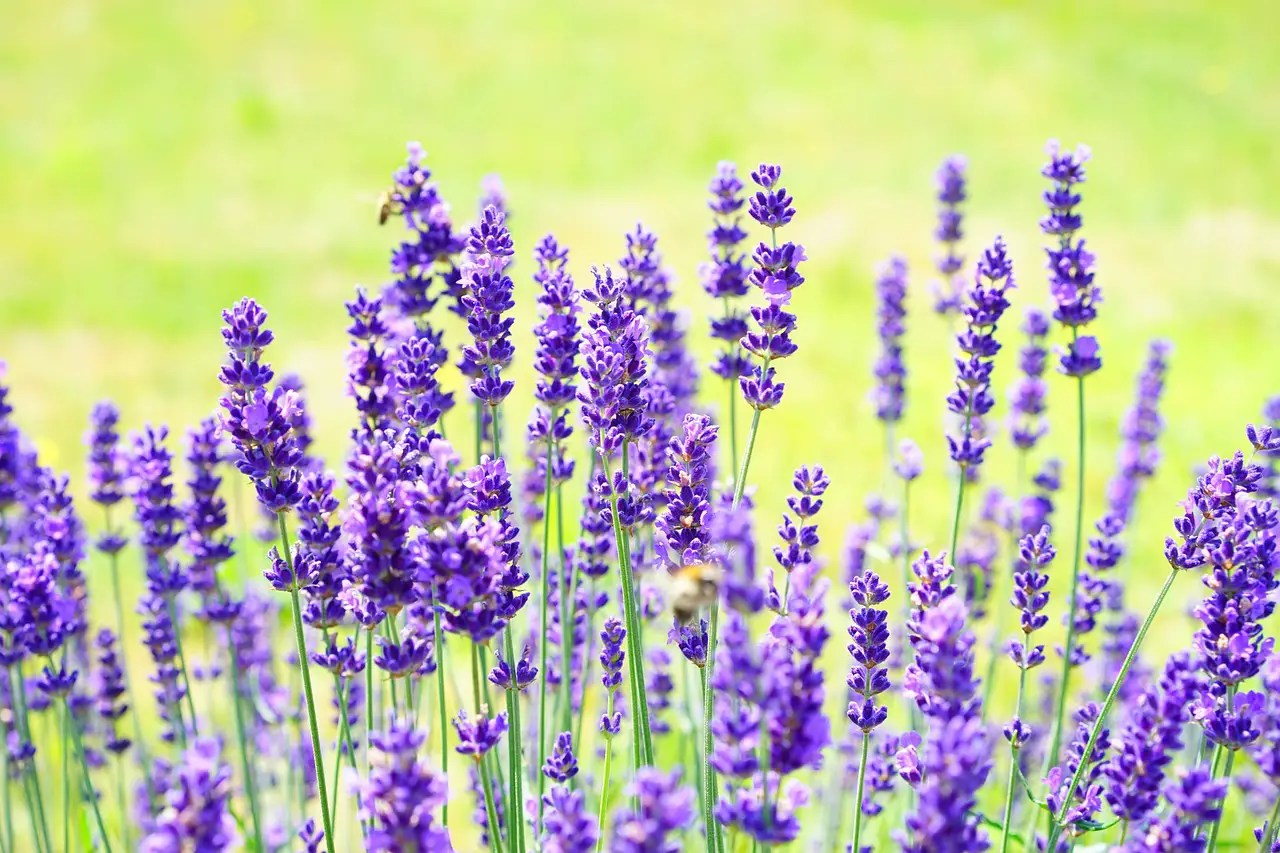Lavender, with its sweet fragrance, is often used in aromatherapy and personal care products. However, did you know that this herb is not only used for its scent but also has edible properties? This herb is not just for sprucing up your garden or adding a touch of aroma to your bath. You can incorporate it into your cooking too.
In this blog post, we will explore how you can use lavender in your cooking to create delicious meals, snacks, and desserts. We will also discuss the health benefits of this herb.

The Health Benefits of Lavender in Cooking
Lavender has been used for medicinal purposes for centuries. Here are two significant health benefits of using lavender in your cooking:
Exploring the Anti-Inflammatory Properties of Lavender
Lavender contains compounds that have anti-inflammatory effects on the body. For example, the linalool found in lavender has been found to reduce inflammation in mice. Inflammation is linked to various health problems like arthritis and some types of cancer. By adding lavender to your cooking when possible, you can help reduce the risk of inflammation.
Highlighting the Stress-Relieving Properties of Lavender
Lavender has a calming and relaxing scent that helps reduce stress and anxiety levels. Some studies have shown that the aroma of lavender can even help you sleep better. You can incorporate lavender into your cooking to help you relax and de-stress.
Delightful Lavender Recipes for Every Meal
Lavender is a versatile herb that can be used to make breakfast, lunch, dinner, and desserts. Here are some delicious lavender recipes that you can try:
How to Incorporate Lavender into Your Breakfast
– Lavender Honey Toast: Toast slices of your favorite bread and drizzle with lavender-infused honey. You can either buy store-bought lavender honey or make your own by steeping dried lavender in honey for a few days.
– Lavender Blueberry Muffins: Add dried culinary lavender to your favorite blueberry muffin recipe for a delicious twist.
– Lavender Latte: Brew your coffee with some dried culinary lavender or add a few drops of lavender syrup to your latte for a comforting and relaxing breakfast.Lavender-Infused Entrees for Your Lunch or Dinner
– Lavender Lemon Chicken: This easy-to-make recipe uses dried culinary lavender, lemon, and chicken. Simply season the chicken with the lavender and lemon, and bake it in the oven.
– Lavender-Crusted Rack Of Lamb: This recipe is perfect for a special occasion. Marinate the lamb overnight in a mixture of dried lavender, garlic, and olive oil. Before cooking, coat the lamb with breadcrumbs and more lavender before roasting in the oven.
– Lavender Roasted Vegetables: Toss your favorite vegetables in olive oil and season with dried culinary lavender before roasting in the oven.
Delicious Lavender Desserts to Indulge Your Sweet Tooth
– Lavender Shortbread Cookies: Add dried culinary lavender to your favorite shortbread cookie recipe for a delicate and fragrant touch.
– Lavender Ice Cream: Add a few drops of lavender extract or a couple of teaspoons of dried culinary lavender to your ice cream base. Follow the instructions on your ice cream maker to create a creamy and floral dessert.
– Lavender Lemon Cake: Add dried culinary lavender or a few drops of lavender extract to your favorite lemon cake recipe for a unique and tasty dessert.

The Dos and Don’ts of Cooking with Lavender
While lavender is a versatile herb that you can add to many dishes, there are some dos and don’ts to keep in mind:
Understanding the Right Amount of Lavender to Use in Your Recipes
When using lavender in your recipes, remember it has a strong taste, so use it sparingly. A little goes a long way. Start with a small amount and gradually add more until you find the right balance for your dish.
Tips for Properly Storing and Prepping Lavender for Your Cooking
– Use culinary lavender, not lavender from a garden center, as it is grown without pesticides, and is safe for consumption.
– Store dried culinary lavender in an airtight container in a cool, dark place, away from light and moisture.
– Before adding to your recipes, crush the lavender lightly in a mortar and pestle or between your fingers to release the flavors and aromas.
Conclusion
Lavender isn’t just for smelling great. With its anti-inflammatory and stress-reducing properties, it’s an ingredient that you should include in your kitchen. You can add this herb to breakfast, lunch, dinner, and desserts. Just remember to use it sparingly, crush it lightly before use, and always use culinary lavender.
Whether adding a hint of lavender to your morning coffee, making a lavender lemon cake for dessert, or cooking a lavender-crusted rack of lamb, this herb will add a unique and delicious touch to your culinary creations.

